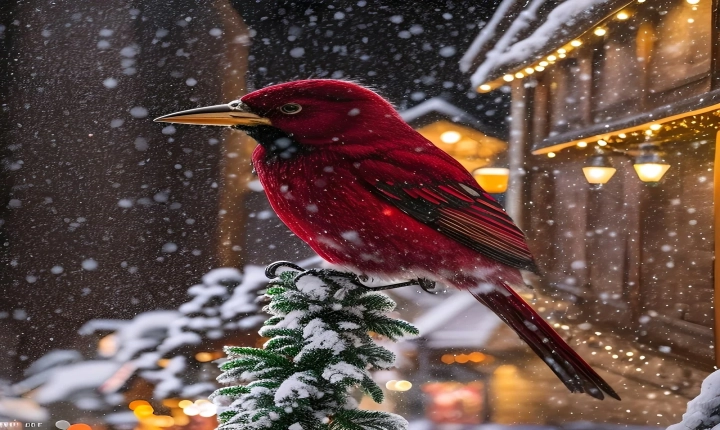Can AI Create Art?
In recent years, artificial intelligence (AI) has made significant strides in various fields, from transportation to healthcare. One question that has sparked much debate is whether AI can create art. Can a machine be truly creative and produce original, meaningful works of art? The answer is nuanced and complex, as it involves both the capabilities of AI and the nature of art itself.
AI has demonstrated impressive capabilities in generating art using various algorithms, deep learning, and neural networks. These systems can analyze and mimic existing artistic styles, creating works that can be visually appealing and technically proficient. They can produce paintings, music compositions, and even poetry that can be indistinguishable from human-made art to the untrained eye or ear. This raises the question: if AI can produce art that is indistinguishable from human-created art, does it really matter who or what created it?
There are those who argue that AI-created art lacks the depth, emotion, and intentionality that are essential to true artistic expression. Art is often seen as a reflection of human experience, emotion, and creativity. It is deeply intertwined with the human condition and the artist’s unique perspective on the world. Can AI truly replicate these qualities? Can it experience the emotions, struggles, and triumphs that drive human creativity and expression?
Furthermore, art has always been a medium for challenging social norms, provoking critical thought, and pushing boundaries. Can AI truly engage with the complexities of human society and create art that challenges, inspires, and sparks important conversations? Many believe that AI’s lack of genuine consciousness and lived experience prevents it from creating art that can achieve these lofty goals.
On the other hand, there are those who argue that art is in the eye of the beholder. If an AI-generated piece of art resonates with an audience, evokes emotion, or sparks meaningful conversations, does it matter who or what created it? Some argue that AI-generated art expands the possibilities of creativity and expression, transcending the boundaries of human limitations. It can create new forms, perspectives, and styles that may not have been possible through traditional means. AI can also assist artists in their creative process, opening up new avenues of exploration and experimentation.
The debate around AI-created art also raises important questions about the nature of creativity and authorship. Can a machine truly be considered the creator of art, or is it simply a tool or vessel for human input and instruction? As AI continues to develop and its capabilities expand, society will need to grapple with these fundamental questions about the nature of art and creativity.
In conclusion, the question of whether AI can create art is a complex and multifaceted issue. AI has demonstrated the ability to produce art that is visually and technically impressive, but it remains to be seen whether it can truly capture the depth, emotion, and intentionality that are intrinsic to meaningful artistic expression. As AI continues to evolve, it is important for society to critically engage with the implications of AI-generated art and its impact on our understanding of creativity, authorship, and the human experience. The conversation around AI and art will undoubtedly continue to evolve as technology progresses and as our understanding of the nature of creativity deepens.
